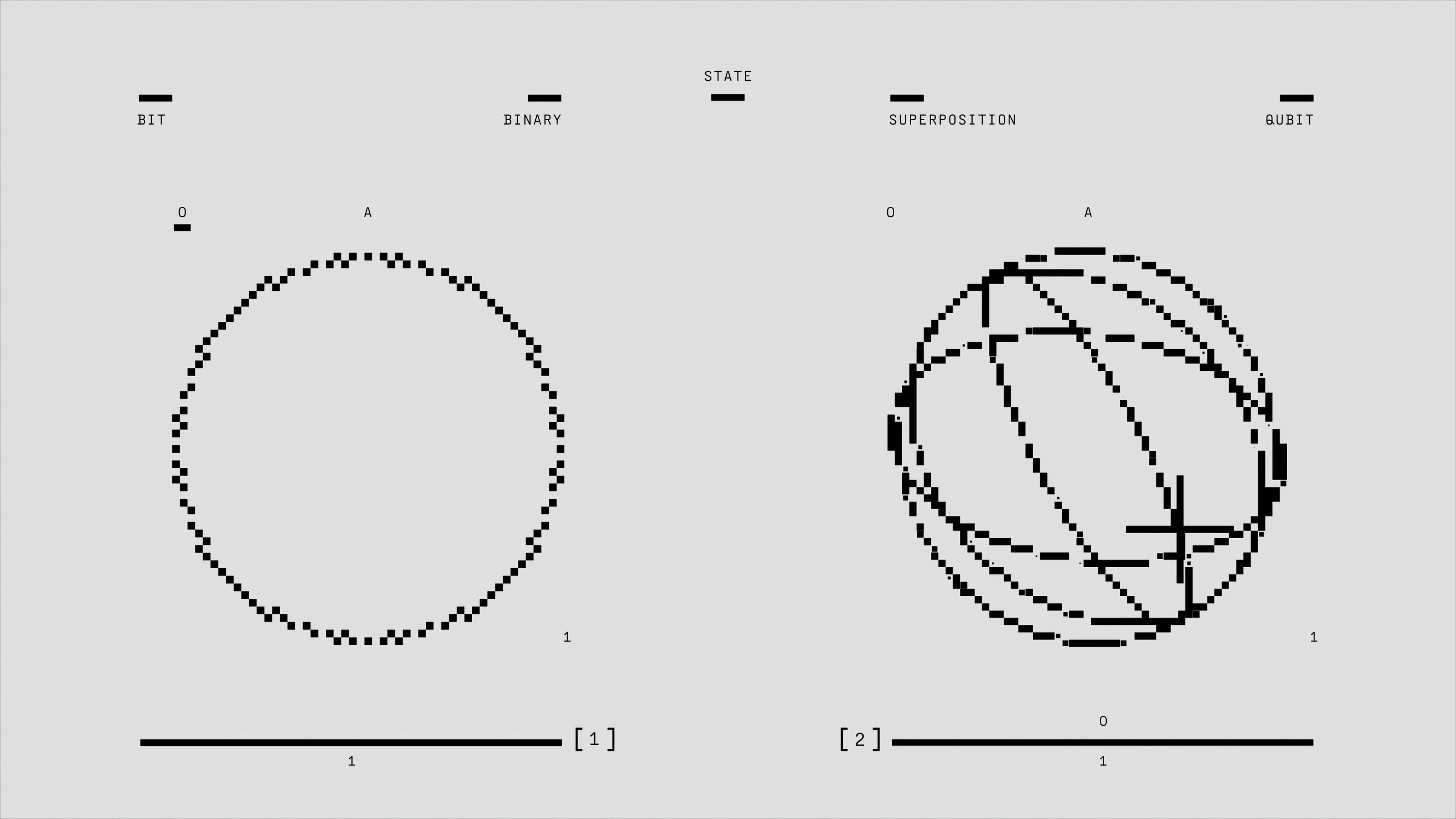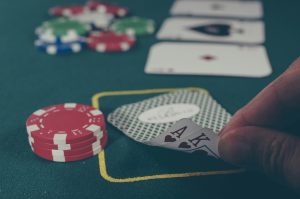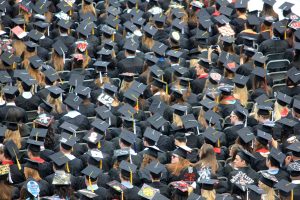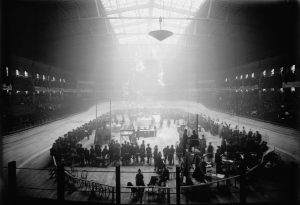Mixed Reality Classrooms: Where Digital Twins Teach Physics Concepts
Mixed reality classrooms are becoming more prevalent in today’s educational landscape, offering a unique blend of physical and digital learning experiences. As technology continues to advance, the use of digital twins in these classrooms has become a popular teaching tool, especially in physics lessons. Digital twins, virtual representations of physical objects or systems, have transformed the traditional classroom into an interactive learning environment. In this article, we will delve into the world of mixed reality classrooms and explore how digital twins are changing the way physics concepts are taught.
The Rise of Mixed Reality Classrooms
With the rapid development of technology, it’s no surprise that mixed reality classrooms have emerged as a new way of learning. These classrooms combine real-world elements with virtual components to create a fully immersive experience that engages students in a whole new way. Through the use of head-mounted displays and handheld controllers, students can interact with digital objects and simulations in a physical space.
Mixed reality classrooms have been embraced by educators for their ability to enhance traditional teaching methods. By presenting information in a visual and interactive way, students can better understand complex concepts, thus deepening their understanding and retention of the subject matter. This is particularly beneficial in subjects such as physics, where abstract concepts can be challenging to grasp through traditional methods alone.
Introducing Digital Twins
Digital twins take mixed reality classrooms to the next level by providing students with a virtual representation of real-world objects or systems. This technology allows students to explore and manipulate digital twins in a way that would be impossible or impractical in the physical world. As a result, students can conduct experiments, test theories, and visualize concepts in a much more engaging and interactive manner.
In physics lessons, digital twins can be used to simulate experiments such as launching projectiles, demonstrating the laws of motion, or visualizing electromagnetic fields. With the help of digital twins, students can gain a deeper understanding of these concepts by seeing the impact of changing variables and observing the outcomes in real-time. This hands-on approach to learning promotes critical thinking and problem-solving skills that are essential for success in the field of physics.
The Benefits of Digital Twins in Physics Education
The introduction of digital twins in mixed reality classrooms has revolutionized the teaching of physics. The benefits of using this technology in physics education are numerous and include:
Increased Student Engagement
Using digital twins in physics lessons makes the learning experience more interactive and engaging for students. This hands-on approach to learning is more appealing than traditional textbook-based learning and helps to keep students motivated and interested in the subject.
Enhanced Visualizations
Visual representations are an essential aspect of understanding physics concepts. With digital twins, students can see and interact with these concepts in a way that would be impossible in the physical world. This enhanced visualization leads to a better understanding of the subject matter.
Improved Problem-Solving Skills
In physics, problem-solving is a crucial skill, and digital twins provide the perfect platform for students to apply this skill in a real-world context. By manipulating variables and observing the outcomes, students can develop critical thinking skills that are essential for success in the field of physics.
Cost-Effective
Digital twins offer a cost-effective solution to conducting experiments and simulations in a classroom setting. With the use of digital twins, schools can save on expensive equipment and supplies, making physics education more accessible to a wider audience.
In Conclusion
Mixed reality classrooms have opened up a whole new world of learning for students, with digital twins being a crucial aspect of this new learning environment. The use of digital twins in physics lessons has proven to be an effective method for enhancing engagement, promoting critical thinking skills, and providing a cost-effective solution for experiments and simulations. As technology continues to evolve, the possibilities for incorporating digital twins in education are endless, and we can expect to see even more advancements in this area in the future.











